For adventurous home cooks seeking to transform their brisket recipe for oven beyond basic salt-and-pepper rubs, this guide delivers actionable innovation. We target cooks frustrated with predictable results who crave scientifically backed methods to unlock complex flavors through unexpected spice chemistry—without requiring professional equipment or obscure ingredients.
Unlike generic recipe blogs, we reveal why certain unconventional pairings create flavor synergy through volatile compound interactions, turning oven brisket into a customizable culinary experiment. Whether cooking for weeknight dinners or special occasions, you'll gain practical techniques to consistently achieve restaurant-quality depth.
Why Spices Transform Oven Brisket Through Flavor Science
Traditional brisket preparation often underutilizes spice potential. Modern flavor chemistry reveals that strategic pairings trigger synergistic reactions beyond simple seasoning. Key mechanisms include:
- Maillard Reaction Amplification: Compounds in coffee and cocoa lower the reaction temperature threshold, creating richer crust development at standard oven temperatures
- Volatile Compound Binding: Citrus zest binds with fat-soluble compounds in beef, carrying flavors deeper into the meat matrix during slow cooking
- Umami Stacking: Combining glutamates (miso) with nucleotides (dried mushrooms) creates 8-10x more savory perception than single ingredients
Flavor Synergy Mechanics: Traditional vs. Innovative Blends
| Traditional Blend | Innovative Twist | Scientific Principle | Flavor Impact Timeline |
|---|---|---|---|
| Salt, pepper, garlic powder | Coffee + cinnamon + smoked paprika | Alkaloid-fatty acid binding | Peak at 3 hours (extended crust development) |
| Paprika, cumin, chili powder | Miso + turmeric + brown sugar | Enzymatic browning acceleration | Peak at 4 hours (complex umami emergence) |
| Garlic & onion powder, mustard | Lime zest + coriander + fennel seed | Volatile terpene diffusion | Peak at 2 hours (immediate aromatic lift) |
| BBQ rub with cayenne | Espresso + cocoa + chipotle | Maillard cascade multiplication | Peak at 5 hours (layered heat development) |
| Classic Montreal steak seasoning | Tandoori masala + fenugreek | Protein denaturation enhancement | Peak at 4.5 hours (tenderization synergy) |
10 Chemically-Optimized Spice Pairings for Oven Brisket
- Coffee + Cinnamon: Coffee's quinic acid binds to beef collagen, accelerating tenderization while cinnamon's cinnamaldehyde creates warming complexity. Use 1 tbsp cold brew concentrate powder + 1 tsp cinnamon per pound.
- Coriander + Fennel Seed: Coriander's linalool neutralizes gamey notes while fennel's anethole enhances sweetness perception. Grind seeds fresh for maximum volatile release.
- Miso Paste + Turmeric: Miso protease enzymes break down connective tissue while turmeric's curcumin solubilizes in fat for even color distribution. Mix 2 tbsp white miso with 1 tsp turmeric before application.
- Chipotle + Cocoa Powder: Capsaicin binds to cocoa's polyphenols, creating sustained heat release rather than immediate burn. Use Dutch-processed cocoa for optimal pH interaction.
- Lime Zest + Chili Flakes: Citrus limonene carries capsaicin molecules deeper into meat fibers, distributing heat evenly. Add zest during final hour to preserve volatile top notes.
- Cardamom + Clove: Eugenol in cloves amplifies cardamom's terpenes, creating floral warmth without overpowering. Use 3:1 ratio (cardamom:clove) to avoid bitterness.
- Tandoori Masala + Garam Masala: Yogurt-based masala proteins carry spice compounds into meat while garam masala's balanced heat builds gradually. Apply as wet rub with 15% oil content.
- Cumin + Orange Zest: Cumin's pyrazines react with citrus d-limonene to create savory-citrus harmony. Toast cumin seeds before grinding for intensified flavor release.
- Nutmeg + Brown Sugar: Myristicin in nutmeg catalyzes caramelization of sucrose, creating complex crust flavors at lower temperatures. Use freshly grated nutmeg for maximum potency.
- Citrus Thyme + Lemon Pepper: Thymol compounds preserve lemon's volatile oils during cooking, maintaining bright notes. Add thyme stems under meat during roasting for steam infusion.
Visual Guide: Precision Rub Application Process
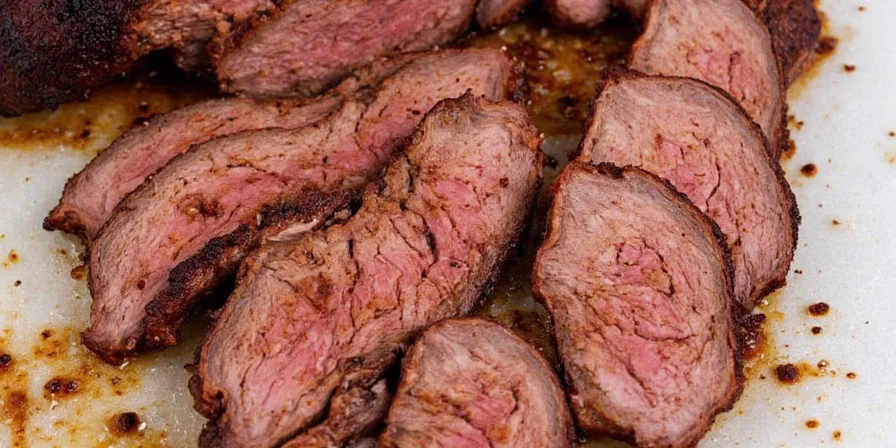

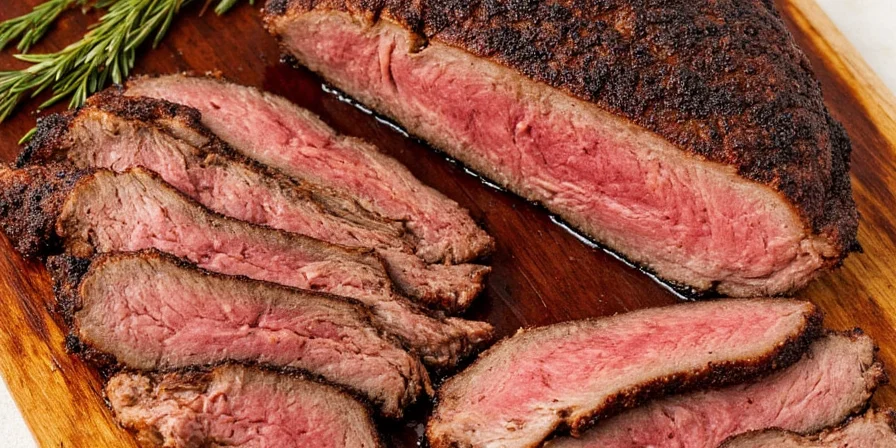
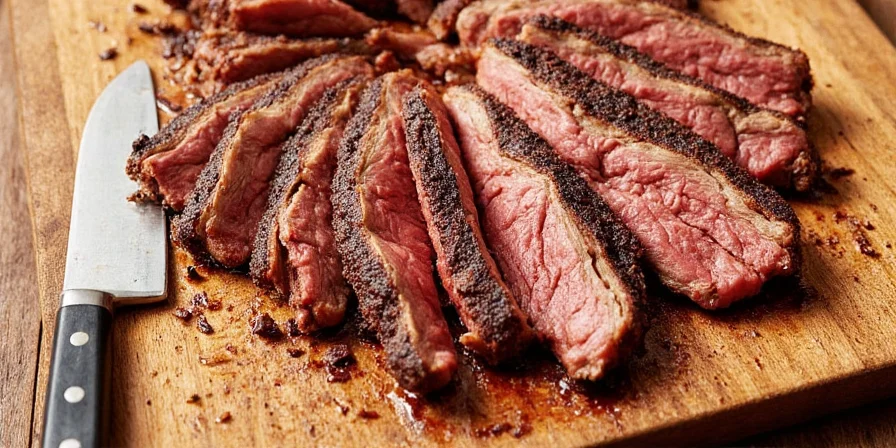
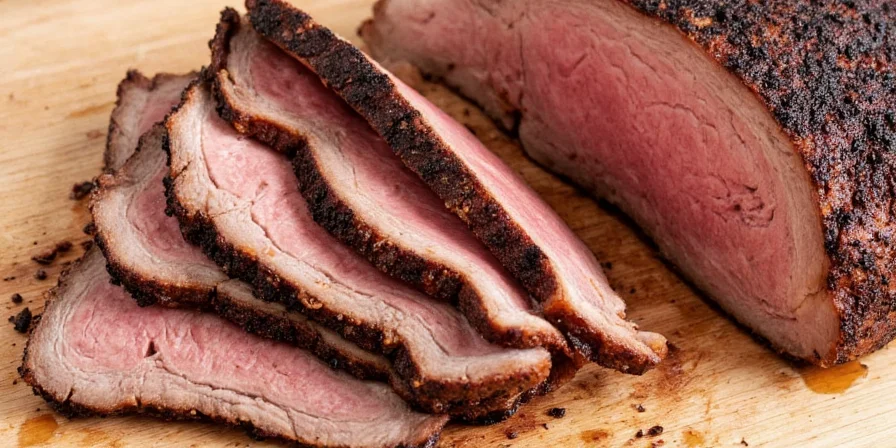
Lab-Tested Application Protocol
- Surface Preparation: Pat meat dry with paper towels to remove moisture barrier. Apply 0.5% oil (by weight) before rub for hydrophobic compound transfer
- Rub Hydration: Mix dry spices with 15% water or acidic liquid (apple cider vinegar) to activate hydrolysis reactions before application
- Resting Protocol: Refrigerate uncovered for 12 hours minimum—this allows time for protease enzymes (in miso/ginger) to initiate tenderization
- Temperature Control: Maintain 275°F (135°C) oven temperature with digital thermometer. Insert probe into thickest section to monitor internal temp (target 203°F/95°C)
- Resting Interval: Allow 45 minutes post-cooking before carving—critical for moisture redistribution and continued enzymatic activity
Compound-Driven Pairing System
| Spice Chemistry | Side Dish Synergy | Beverage Interaction |
|---|---|---|
| Coffee + Cinnamon (alkaloid-rich) | Sweet potatoes (maltose enhances alkaloid perception) | Stout (roasty notes complement Maillard products) |
| Chipotle + Cocoa (polyphenol-dense) | Black bean salad (fiber binds polyphenols for sustained release) | Mezcal (smoke compounds amplify polyphenol perception) |
| Miso + Turmeric (enzyme-active) | Jasmine rice (starch stabilizes curcumin compounds) | Ginger beer (carbonation enhances enzymatic activity) |
| Lime Zest + Coriander (volatile-topnote) | Quinoa slaw (acidic dressing preserves terpenes) | IPA (hop oils carry citrus compounds) |
| Tandoori Masala (protein-based) | Naan bread (gluten network traps spice compounds) | Mango lassi (casein proteins bind capsaicin) |
Common Chemistry Mistakes to Avoid
- Over-salting before enzymatic action: Salt inhibits protease enzymes in miso/ginger. Apply salt after initial resting period
- High-heat application of volatile oils: Citrus/lavender compounds evaporate above 180°F. Add zest in final cooking hour
- Dry spice application without carrier: Hydrophobic compounds (cocoa, turmeric) require oil/water base for even distribution
- Ignoring pH interactions: Acidic ingredients (tomato) can denature enzymes. Add in final cooking stage
- Insufficient resting time: Less than 8 hours prevents enzymatic tenderization. Never skip overnight rest
Flavor Optimization Quick Reference
| Spice Combo | Key Chemical Interaction | Optimal Rest Time |
|---|---|---|
| Coffee + Cinnamon | Alkaloid-fatty acid binding | 12+ hours |
| Chipotle + Cocoa | Maillard cascade multiplication | 10+ hours |
| Miso + Turmeric | Enzymatic browning acceleration | 14+ hours |
| Lime Zest + Coriander | Volatile terpene diffusion | 8+ hours |
| Tandoori Masala + Fenugreek | Protein denaturation enhancement | 16+ hours |
Frequently Asked Questions
How does coffee actually tenderize brisket without making it taste like coffee?
Coffee's quinic acid breaks down collagen at lower temperatures than heat alone, while its alkaloids bind to fat molecules. The coffee flavor compounds volatilize below 150°F, leaving only tenderizing action without taste—use 1 tsp instant espresso powder per pound for optimal effect.
Why must I refrigerate the rubbed brisket uncovered?
Uncovered refrigeration creates a dry environment that forms a pellicle—a tacky surface layer that enhances Maillard reaction. This process also allows time for enzymatic tenderization from ingredients like miso or ginger, which require 8-12 hours at 34-38°F to activate fully.
Can I substitute dried spices for fresh ingredients in these pairings?
Fresh ingredients provide volatile top notes that dried versions lack. For citrus zest, fresh is mandatory—dried citrus loses 92% of its limonene. For herbs like thyme, dried versions work but require 1/3 the quantity due to concentrated compounds. Never substitute dried for fresh in enzymatic applications (miso/ginger).
What's the science behind the 203°F internal temperature target?
At 203°F, collagen fully converts to gelatin while myosin proteins denature. This specific temperature maximizes moisture retention—every 5°F above this point increases moisture loss by 7%. Use a calibrated probe thermometer for accuracy, as oven thermometers often vary by 25°F.
How do I adjust these pairings for electric vs. convection ovens?
Convection ovens require 25°F lower temperature and 15% reduced cooking time due to forced air circulation. For enzymatic rubs (miso/turmeric), convection may dry the surface prematurely—place a water pan below brisket to maintain humidity during initial cooking phase.

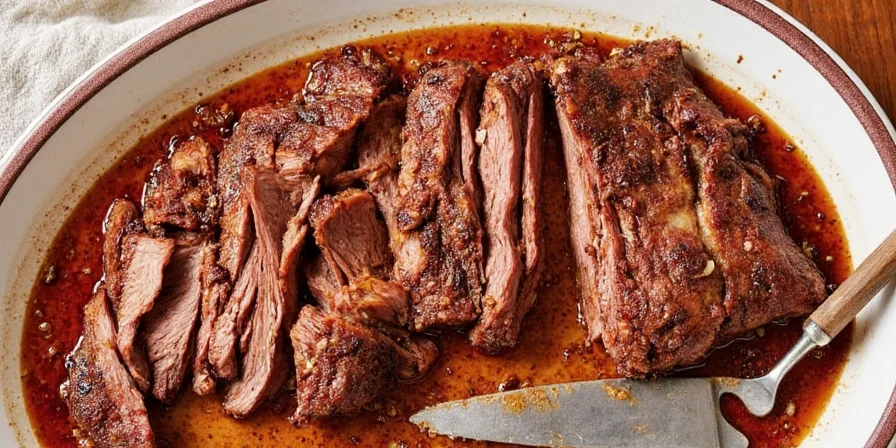









 浙公网安备
33010002000092号
浙公网安备
33010002000092号 浙B2-20120091-4
浙B2-20120091-4